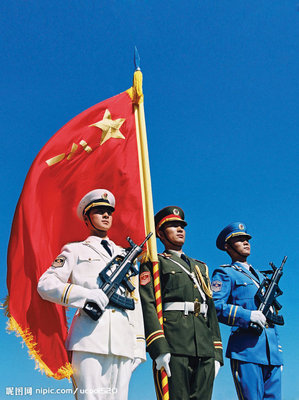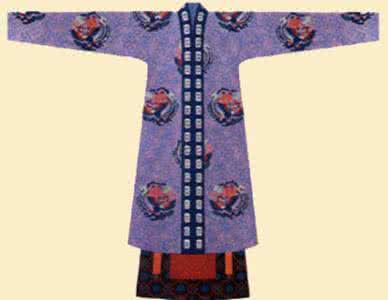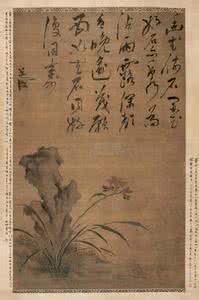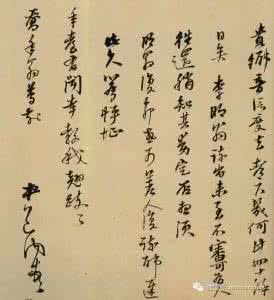参考文献
[1] 李克兢,鲍礼媛.基于情感化设计的亲子装探究.纺织导报.2010.8
[2] 曾元.亲子装结盟年轻父母.纺织快递.2009.8
[3] 孟凡琦.亲子装.新年要有新气象.流行色.2010.2
[4] 杨莹,吴志明.基于益智的婴幼儿装色彩设计.纺织科技进展.2009.1
[5] 王卫和.童装低碳设计的途径.现代纺织技术.2011.3
[6] 三吉满智子[日],刘美华.《服装造型学》.北京:中国纺织出版社,2004.10
[7] 郝永强.《使用时装画技法》.北京:中国纺织出版社,2011.4
[8] 马芳,侯东昱《童装纸样设计》.北京:中国纺织出版社,2008.2
[9] 鲍卫君,陈荣富.《服装裁剪实用手册下装篇》.上海:上海东华出版社.2005
[10] 张向辉,于晓坤.《女装结构设计》.上海:上海东华出版社.2009
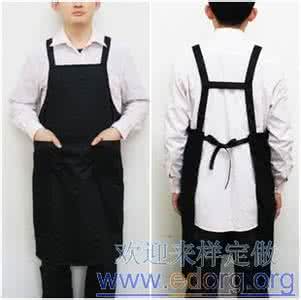
[11] 栩睿视觉.《潮流时装设计, CorelDraw服装款式设计案例精选》. 北京:人民邮电出
版社.2011
[12] 登丽美服装学院.《登丽美时装造型·工艺设计 婴幼儿·童装》.上海:上海东华出版
社.2003
[13] 登丽美服装学院.《登丽美时装造型·工艺设计 女衬衣·连衣裙》.上海:上海东华出
版社.2003
[14] 杨晓红.《服饰沙龙·亮丽女装》.浙江:浙江科技出版社.2005.3
[15] 陆鑫主.《成衣缝制工艺与管理》.北京:中国纺织出版社.2005
[16] 鲍卫兵.《女装工业纸样 内/外单打板与放码技术》.上海:东华大学出版社.2009
[17] 刘霄著.《女装工业纸样设计原理与应用》.上海:东华大学出版社.2005
[18] 朱松文等.《服装材料学》.北京:中国纺织出版社.2001.2
附 录
英文参考文献及中文翻译
Clothing colors and behavior of pupils of primary school age
Numerous scientific c research studies are dealing with color relationship and individual behavior, especially children of pre-school and primary school age. In this paper, the clothing colors, most frequently worn by children of primary school in age of 7 – 11, was studied for eight different classes. The aim of the research was, although based on subjective evaluations of teachers, answering the question about influence of the clothes color hue on emotional behavior of pupil and in what way. Evaluation has been performed in six emotional categories: angry, confused, full of energy, cheerful, without emotions. For each class studied, subjective evaluation of frequency (f) color warn by pupils (f) was given with related emotional description. Results show that the basic clothing colors are red and blue for pupils of first and second grade, also showing the highest frequency of positive emotional experiences. However, for pupils of third grade, the red color becomes related to the emotional state of “confusion” and “indifference”. Further, in fourth grade there were not pupils in emotional category “without emotions”, what can be related to growth of pupils maturity in that age.
Key words: clothes color, subjective evaluation of emotions, school age, color – emotion
In ones everyday life, color has a multiple meaning. It is well known that colors significantly influencing our feelings and emotions. For example, red color is related to excitement, orange make observer feels unhappy and disturbed, violet means elevation and dignity, yellow is encouraging and blue is related with pleasure and security. Also, some colors can be related to numerous different emotions. Red is, symbolically known as dominant and dynamic color; it has exciting and stimulating effect. This color has also positive and negative emotional impacts such as strong, impassioned, warm, but on the other hand, aggressive, bloody, furious and intensive. It has been examined that green has relaxing and calming effect. Also, it has positive and negative impacts such us refreshment, silence, spontaneous and, on the contrary, fatigue and guilt. Relations between colors and emotions are closely connected with perception of color and regarding the choice of color hue the emotions can be positive or negative. Where it is proven that certain colors are favorites regardless the age, racial and cultural affiliation, exist proof that preferring of one color can be cultural. For example, the red and blue colors are favorites among Americans and less favorites among other cultures. In study of color - emotion relations from 1996, M. Hemphill
confirms that pure hues of color are mostly related to positive, while dark hues causes negative emotional associations. However, M. Saito 1996 proves that dark colors have positive and negative savors among Japanese and that black hue is favorite color among young people.
Colors can also be described, based on comfort of wearing, as“warm” or“cold”. Cold colors (blue, green, violet) in general are considered to be relaxing, while warm colors (red, yellow, orange) are seems to be active, stimulating. J. Langu 1993 has performed research of color influence on perception of size of the room and psychological experience. Knowing that “cold” colors, like blue and green make space relaxing and enlarged; while warm colors like red, orange and yellow make space smaller, and increase feeling of comfort. Further, people exposed to red and yellow color has been reported a higher level of anxiety than people exposed to cold colors blue and green.
According to theory of visualization, this is still nowadays accepted for explanation of human vision of color (perception), there are in human eye two sorts of photosensitive elements: rod cells and cone cells. They mutually transform light energy in nervous impulses which register the color hue at the observer. From the numerous color order system which exists, the most acceptable is subjective Mussel Color System. Mussel system is based on colored samples collection, classified according to visual values of hue, chrome and lightness. Hue is the first color attribute by which we distinguish one color from another (blue from red, green from yellow).There are 10 basic hues, five of them are identified as the main hues (red, yellow, green, blue and violet) and other five transitive hues (yellow -red, green - yellow, blue - green, violet- blue, and red - violet).
Large number of scientific papers which research the color influence on emotions were not using the samples of colors from standardized color system , others were chose individual answers on verbal meaning of color (“red”, “blue”) instead of using actual color stimulus. Further, numerous studies used relating color - emotion: relation of colors (red, yellow, blue) with certain number of emotions (happiness, sorrow, anger), which resulted with limited reactions of tested observers on psychological color experience.
The analyses were performed in Primary school ?akanje. The area of inscription of Primary school ?akanje covers north – west rural area of Republic Croatia. Considering the traditional and cultural family values of pupils, in school as well as in families the basic human values are nourished: non violence, tolerance, self – esteem,
self – confidence, coexistence with nature. In a last two years School maintain two projects aiming in encouraging basic human values mentioned before: Project under UNICEF “For Safe and Seminal Environment in Schools” and project in collaboration with Institute for Philosophy “Little Philosophy” aiming in increasing of interaction teacher– pupil, meaning the increase of acquired educational content among pupils of primary school.
 爱华网
爱华网